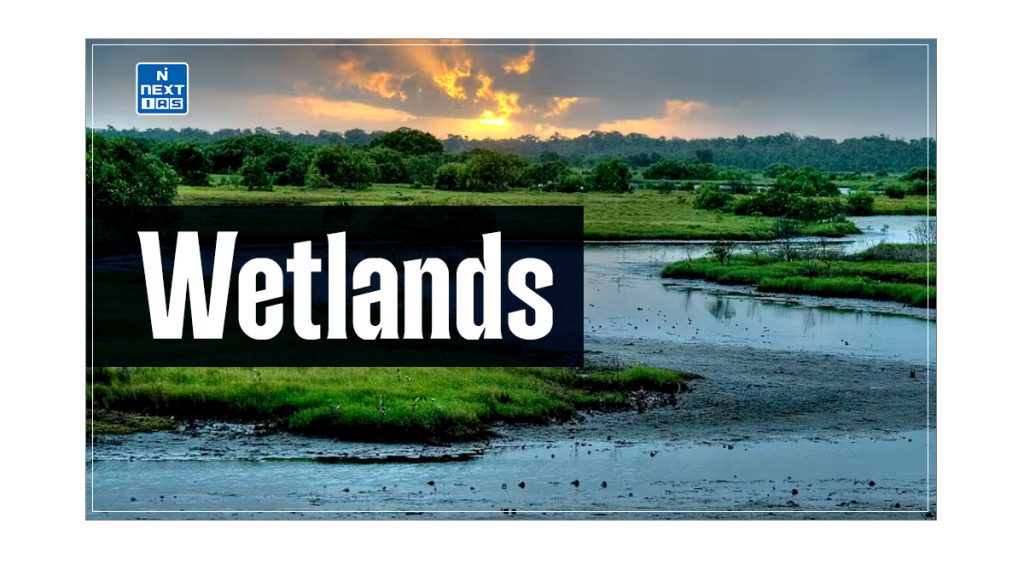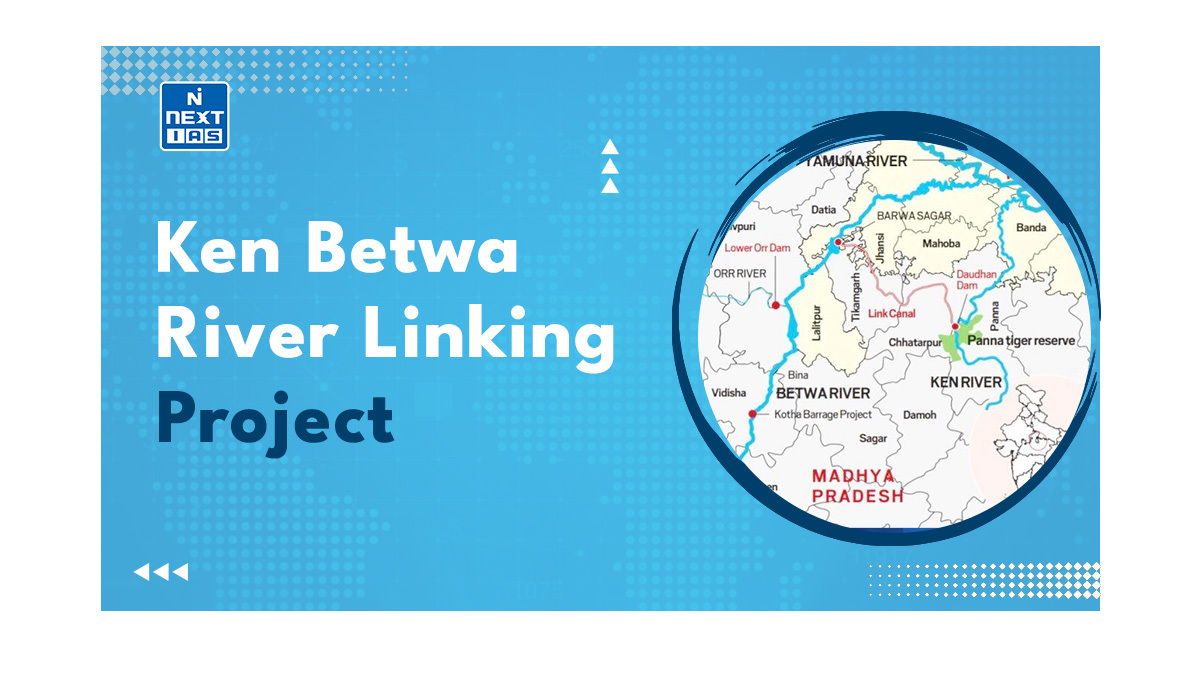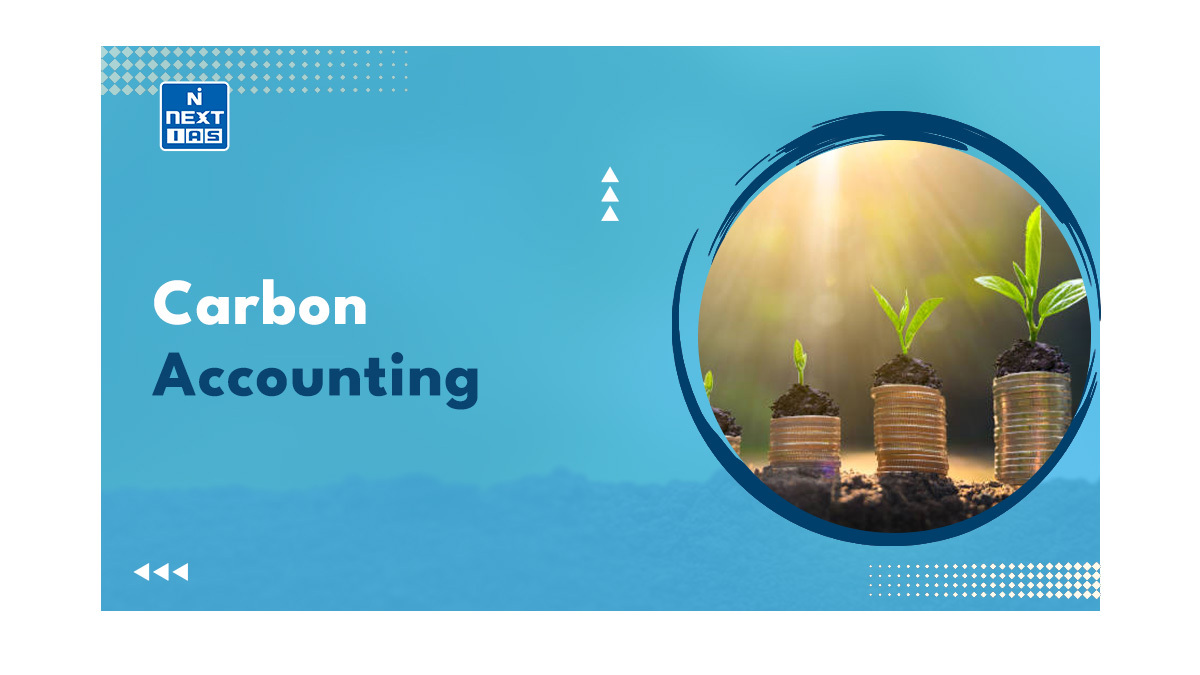
Wetlands are one of Earth’s most productive and diverse ecosystems, acting as crucial links between land and water. These areas, where water saturates the land either permanently or seasonally, play a vital role in supporting biodiversity, improving water quality, regulating climate, and providing economic resources to millions of people globally. This article aims to study in detail the functions, importance, threats, and conservation efforts surrounding wetlands, including the global efforts led by the Ramsar Convention.
About Wetlands
- Wetlands are areas where water is the primary factor controlling the environment and the associated plant and animal life.
- They occur where the water table is at or near the land’s surface or where the land is covered by water.
- Once treated as transitional habitats or seral stages in succession from open water to land, wetlands are now considered distinct ecosystems with specific ecological characteristics, functions, and values.
- Ramsar Convention on Wetlands defines wetlands as: “areas of marsh, fen, peat-land or water, whether natural or artificial, permanent or temporary, with water that is static or flowing, fresh, brackish or salt, including areas of marine water the depth of which at low tide does not exceed six meters”.
Read our detailed article on the Ramsar Convention on Wetlands.
Functions of Wetlands
The functions of wetlands are as follows:
- Water Purification: They help improve water quality by removing or retaining inorganic nutrients, processing organic wastes, and reducing suspended nutrients.
- Wetlands ‘ Role in the Hydrologic Cycle: Wetlands receive, store, and release water in various ways, thus playing a very important role in the hydrologic cycle.
- Processing of Carbon and Other Nutrients: Wetlands are important for the biogeochemical cycle, which involves the physical, chemical, and biological transformation of various nutrients within biota, soils, water, and air.
- Stabilization of Shorelines: Wetlands are generally located at the margins of lakes, bays, rivers, and oceans, protecting shorelines and stream banks against erosion. The plants and trees in the wetlands hold the soil with their roots, absorb the energy of waves, and break up the flow of streams or currents.
- Atmospheric Maintenance: They store carbon within their living and preserved plant biomass instead of releasing it into the atmosphere as carbon dioxide, helping to moderate the global climate.
- Deal with Environmental Problems: Wetlands help reduce environmental problems such as algal blooms, dead zones, and fish kills, generally related to nutrient overloading.
- Maintaining Water Supply: Wetlands help maintain streamflow during dry periods and replenish groundwater, thus maintaining the water supply.
- Habitat for Various Organisms: Wetlands are habitats for fish, wildlife, and plants. Many species of plants and animals depend on wetlands for their survival. Wetlands act as primary habits and seasonal habits for many animal species.
- Prevention from Flood: Wetlands, due to their low topographic position, store and slowly release surface water, rain, snowmelt, groundwater, and floodwaters. Wetland vegetation also obstructs the movement of floodwater and distributes it more slowly over floodplains. Wetlands also prevent waterlogging of agricultural lands.
- Economic Benefits: Wetlands support many medicinal plant species and are a source of timber in many areas. Similarly, many plants like blueberries, mints, and wild rice are produced in wetlands. Many countries’ fishing and shellfishing industries are dependent on wetlands. Wetlands are also home to many commercially valuable animals.
- Provide Opportunities for Recreation, Education, Research, and Aesthetic Activities: Wetlands are grounds for research and recreation. Many people who love birdwatching or wildlife photography visit these habitats to observe various species.
Importance of Wetlands
- Wetlands are a critical part of our natural environment and are vital for human survival.
- They are among the world’s most productive environments, cradles of biological diversity that provide the water and productivity upon which countless species of plants and animals depend for survival.
- Wetlands are indispensable for the countless benefits or “ecosystem services” they provide humanity, ranging from freshwater supply, food and building materials, and biodiversity to flood control, groundwater recharge, and climate change mitigation.
- They protect our shores from wave action, reduce flood impacts, absorb pollutants, improve water quality, and mitigate the effects of natural disasters like cyclones and tidal waves.
- They provide habitats for animals and plants, and many contain a wide diversity of life, supporting plants and animals found nowhere else. They are the vital link between land and water.
- Wetland systems, directly and indirectly, support lakhs of people, providing goods and services to them.
- Their capacity during heavy rainfall to retain excess floodwater that would otherwise cause flooding maintains a constant flow regime downstream, preserving water quality and increasing biological productivity for aquatic life and human communities in the region.
- Inundated wetlands are very effective in storing rainwater and are the primary source for recharging groundwater aquifers.
- Wetlands have many wading birds and waterfowl, such as egrets, herons, and cranes. They also provide food and shelter for mammals.
- Wetlands act as natural filters and help remove a wide range of pollutants from water, including harmful viruses from sewage and heavy metals from industries.
- Wetlands retain nutrients by storing eutrophic parameters like nitrogen and phosphorus and accumulating them in the subsoil, thereby decreasing the potential for eutrophication.
Conservation of Wetlands
- The Convention on Wetlands of International Importance, especially as Waterfowl Habitat (the Ramsar Convention), was signed in Ramsar, Iran, on 2 February 1971 and came into force on 21 December 1975.
- It is an intergovernmental treaty that provides the framework for national action and international cooperation to conserve and wisely use wetlands and their resources.
- The Convention provides a framework for national action and international cooperation to conserve and wisely use wetlands and their resources.
- Initially emphasising the conservation and wise use of wetlands primarily to provide a habitat for water birds, the Convention has subsequently broadened its scope to address all aspects of wetland conservation.
- Currently, there are 169 parties to the Ramsar Convention. Under the “three pillars” of the Convention, the Contracting Parties commit to:
- Work towards the wise use of all their wetlands;
- Designate suitable wetlands for the list of Wetlands of international importance (the “Ramsar List”) and ensure their effective management;
- Cooperate internationally on transboundary wetlands, shared wetland systems and shared species.
- Currently, India has 85 Ramsar sites.
Threats to Wetlands
The Wildlife Institute of India’s survey reveals that 70-80% of individual freshwater marshes and lakes in the Gangetic flood plains have been lost in the last five decades. At present, only 50 per cent of India’s wetlands remain. They are disappearing at 2% to 3% every year. Some of the responsible factors are:
- Urbanization: Wetlands near urban centers are under increasing developmental pressure for residential, industrial, and commercial facilities. Urban wetlands, such as Bellandur Lake, Bengaluru, are essential for preserving public water supplies.
- Anthropogenic Activities: Due to unplanned urban and agricultural development, industries, road construction, impoundment, resource extraction, and dredge disposal, wetlands have been drained and transformed, causing substantial long-term economic and ecological losses—for example, the Great Lakes of the USA.
- Agricultural Activities: Following the Green Revolution of the 1970s, vast stretches of wetlands were converted to paddy fields. The construction of many reservoirs, canals, and dams to provide irrigation significantly altered the hydrology of the associated wetlands, e.g., Shahpura Lake of Bhopal.
- Hydrologic Activities: The construction of canals and the diversion of streams and rivers to transport water to lower arid regions for irrigation have altered the drainage pattern and significantly degraded the region’s wetlands.
Montreux Record
| – Montreux Record under the Convention is a register of wetland sites on the List of Wetlands of International Importance where changes in ecological character have occurred, are occurring, or are likely to occur due to technological developments, pollution, or other human interference. It is maintained as part of the Ramsar List. – Montreux Record is employed to identify priority sites for positive national and international conservation attention. Sites may be added to and removed from the record only with the approval of the Contracting Parties in which they lie. |
World Wetland Day
| – World Wetlands Day is celebrated each year on February 2. It marks the date the Convention on Wetlands was adopted on 2 February 1971 in the Iranian city of Ramsar, on the shores of the Caspian Sea. – Each year since 1997, Government agencies, non-governmental organisations, and groups of citizens at all levels of the community have taken advantage of the opportunity to undertake actions aimed at raising public awareness of wetland values and benefits in general and the Ramsar Convention in particular. |
Conclusion
Wetlands are crucial for ecological balance and human well-being. However, they face increasing threats from human activities. Urgent conservation efforts, like those under the Ramsar Convention, are needed to protect these ecosystems and the services they provide for future generations.
Frequently Asked Questions (FAQs)
What is a Wetland?
A wetland is a unique ecosystem characterised by the presence of water, either permanently or seasonally, that supports a variety of plant and animal species. Wetlands include marshes, swamps, bogs, and fens, and they play a crucial role in water purification, flood control, and biodiversity conservation.
How many Wetlands in India?
India has over 2.5 million wetlands, covering approximately 4.5% of its total land area.
How many Ramsar sites in India?
India currently has 85 Ramsar sites.






